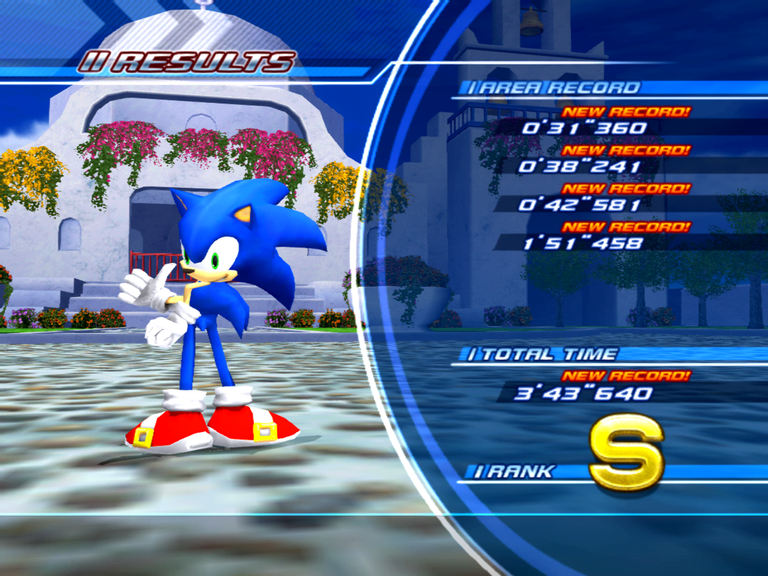

Sonic Unleashed is quite the particular game from the blue blur's time in the late 2000s - a title that back in the day carried a lot of baggage from both the low faith people had with Sonic after Sonic 06 and having stuff that clashed with the expected pace of the game (from the Werehog to the frame rate issues in a few stages), but nowadays has seen a noticeable redemption as the Hedgehog not only has seen brighter days at recent times, but there has been ways to play the game with improved framerate ever since.
The most known one at the time was the Xbox Series X backcompatibility for the game, and nowadays it is the recently released miracle that is the PC port named Unleashed Recompiled.
But...today, I'm actually talking about what's essentially a different game inspired by the HD versions. One that arrived on the humble Nintendo Wii and Sony Playstation 2 that feature redesigned levels and mechanics compared to the original Xbox 360 and PS3 versions.
Why did I feel like trying the Wii/PS2 version? Because my PC at home can't run Recompiled...so I got that (and Generations) for the next best thing.
I did end up being able to play through the real deal not too long after that - but that's a story for another day. For now, I do want to talk about the PS2 version coming fresh from the HD version and having the way to compare differences by experience.
Boosting strategically for speed
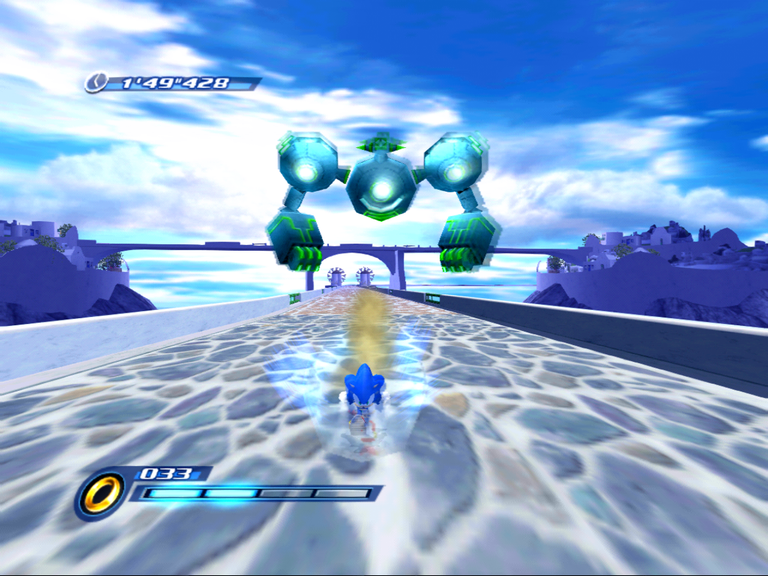
Unlike the original Unleashed, this version uses segmented bars for your boost gauge - and using a boost uses up one of those for a brief moment.
So instead of having a bar you can constantly hold as long as you have rings, you have to grab enough rings to fill up a stock, as well as to increase how many stocks you have at a time.
Thing is, while the levels are simpler in here, sometimes you'll have to actually factor how to handle around long turns at high speed... because bumping on walls will often cancel out your boost.
So the test of knowledge with the stages not only comes with the expected stuff of knowing where are the shortcuts hidden and how to take them [as these can vary from split paths you reach by detouring off the main road, or jumps in key moments that skip you sections of the stage], but also where you should use your boost effectively - and if it is not just a long straight, then drifting efficiently so that you don't lose it with a wall bump.
If there's something that makes S-Ranks easier here than in HD Unleashed despite the bigger punishment for blindly boosting into any walls though, its the fact that here, S-Ranks are strictly based on your finish time rather than factoring in a total score from tricks and enemies destroyed.
While you don't get visible checkpoints here, you still get checkpoints now and then - and dying doesn't tank your score as a result...although if you die once on a run you already were dragging dangerously close to losing the S-Rank, then it's gonna cost you it anyways.
At least here the S-Ranks have a purpose more than just being decorative badges, although funnily enough, what you get from them here are connected to entirely optional content - unlike the HD version where they are tied to main progress. But more on that later.
Going feral with the Werehog
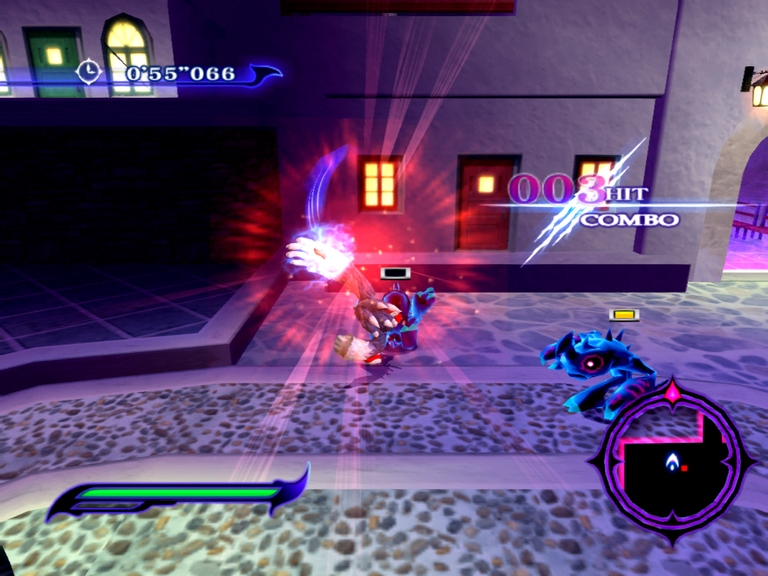
Both versions of Unleashed feature the Werehog as the second gameplay style featured thorough the story, which is a 3D brawler against dark monsters mixed with slower platforming sections.
The most obvious change is that main Werehog acts in the HD game would be one fairly sizeable stage, easily taking more than 13 minutes each between figuring out the stage itself, fighting the enemies, and more so if you happen to die at any point. There were a few extra night acts in the base game + DLCs, but you would mainly see a lot to go through in the first Act you get to play at.
The Wii/PS2 version instead splits the main Werehog act in three acts, making it so that, while still taking around the same time between all three stages as well as accounting ranks for those three split acts, also means that you can take breaks between those acts rather than going through all of it in one go.
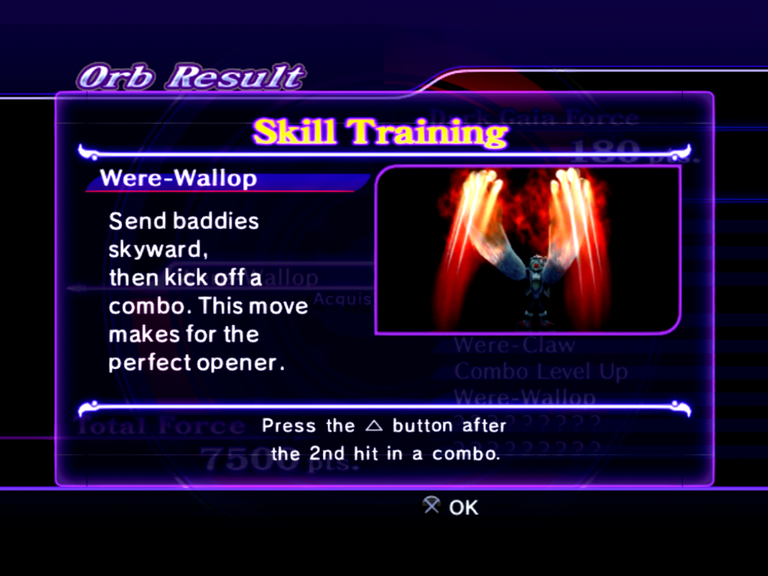
But going on the gameplay, the button scheme was changed as well, and while the fighting is similar to the HD version in how it can develop through basic button combos, grab and throwing stuff, special attacks and using the Unleash mode when having enough meter, both games are different in what button combos you have and how a few of the key mechanics work.
You also only get Force orbs that gradually build up to specific move unlock and stat upgrades for the Werehog, rather than the EXP system from the HD version that allowed upgrades for both Sonic and the Werehog.
For example, while in the HD game you could tap the Grab button to grab a crate of the sort, you need to hold the button if you want to keep it on your hands. This also applies to the colored bars, swings and ledges you'll have to use to maneuver through stages, although a very useful trick from the HD version, which is holding the Grab button as you approach these whether mid-air or not, still works.
You don't get a combo list shown and you have less combos overall, with one button dedicated to special attacks you obtain after enough experience, but you can still cancel attacks with the guard button, allowing you to mix and match combos or cancel a launcher into something else.
Streamlined in some places, a bit more cumbersome in others

Most levels are neat in how they are visually adapted to weaker hardware through new layouts, although they obviously don't have as much spectacle as the HD version - but they are still decent to a degree when compared and good enough on a vacuum.
But if there's a "downgrade" that is actually seen as a benefit to this version though, it ironically happens to be a result of how these levels were smaller in scale and length.
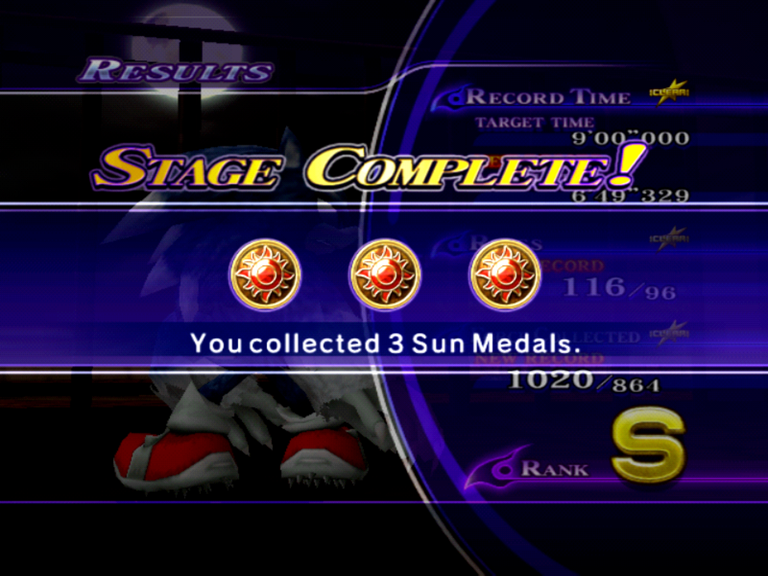
The Sun and Moon medals here are obtained by however you performed in the stage from 1 to 3, with only being able to get all 3 from a normal stage if you S-Rank it. You also get single medals from clearing individual missions, as well as an extra medal if you beat a boss stage with an S-Rank.
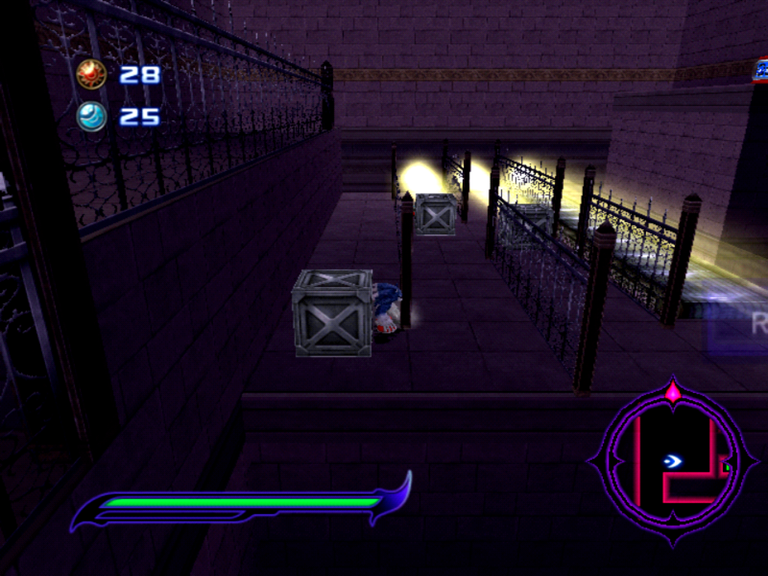
While this system is tied to opening extra doors in the Gaia Temples to find extra stuff hidden, they aren't...required for progression at all. Which may sound like makes sense when Sonic isn't known to be for collect-a-thon style games, but...contrasts the HD version that does need them.
Long story short, the HD version is known to lock some of the stages needed to progress behind a number of Sun/Moon medals, meaning that if you get to a specific stage that needs more than you have...then you have to go back and backtrack through the stages to see if you can find more.
This is mainly noticeable with those large Werehog stages, which gives you a big reason to try and explore those as much as those for medals ahead of time, but in the case of the Sonic stages, you'll likely have to do several runs to seek alternate paths that may have one or two medals hidden.
Anyone that has played that game without knowing about those medal requirements and has got as far as Adabat knows how it is to get right at the door behind the second to last level...only to get blocked by the need of a bunch of medals you hadn't got before [specifically, 120 medals for Jungle Joyride Daytime Act 1].
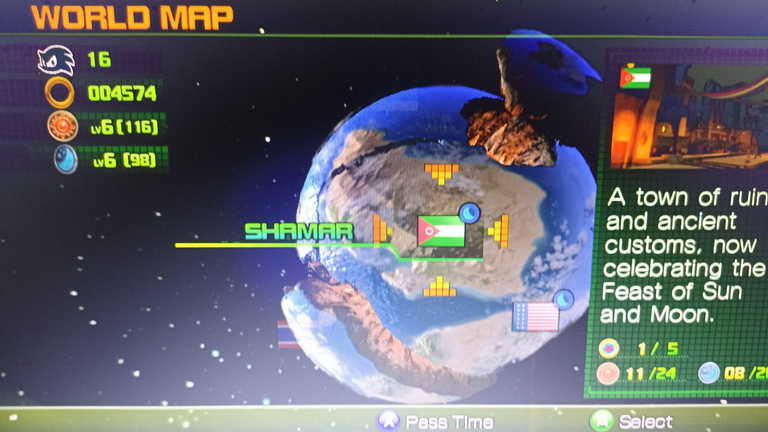
The flipside though is that...the presentation outside of levels is WAY more cut down. You don't get Adventure style hub worlds, but rather basic menus and text conversations with villagers, as well as small QTE scenes to stand in for cutscenes present in the HD version that were meant to precede a fight with enemies in the cut hub worlds.
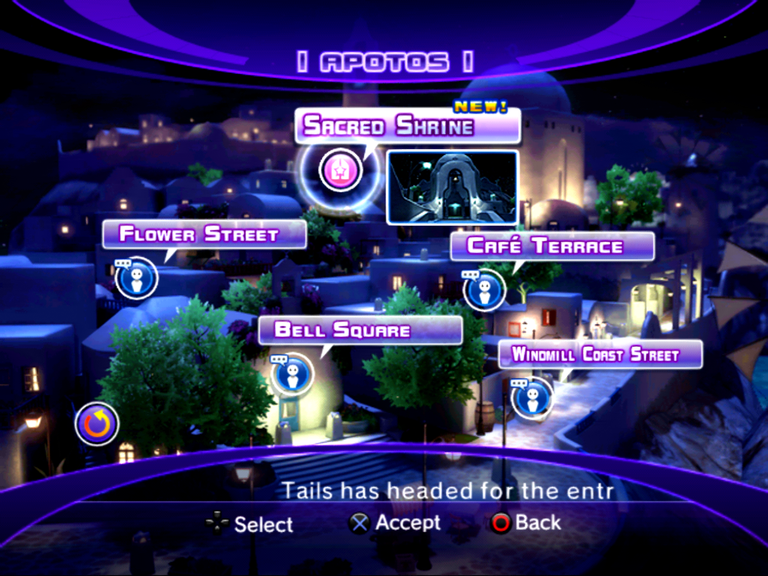
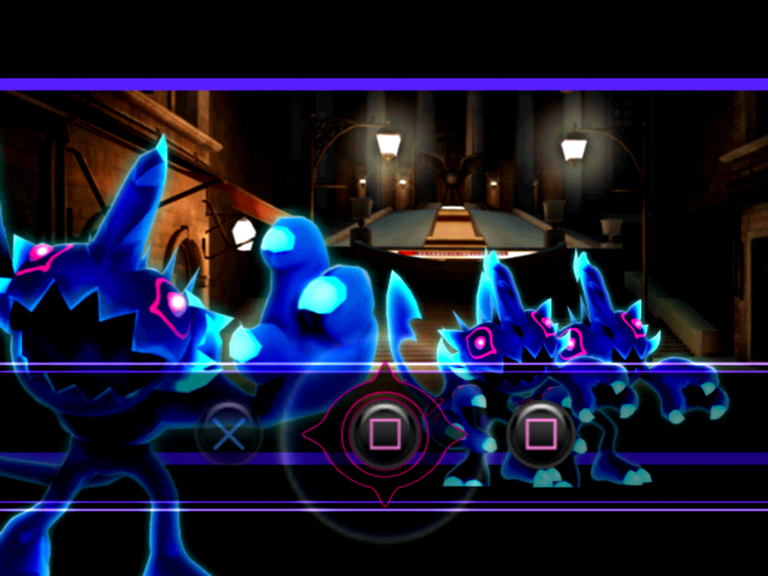
The big downside to this is that, unless you are playing on an emulator and can press the fast forward button to just speed through the talking if you aren't interested, you have to quite a bit of waiting not only when having to talk at all places in a new location until the Sacred Shrine appears as selectable, but also because cutscenes are unskippable in the PS2 and Wii versions.
So...yeah. Kind of unfortunate that it still happens to have something similar to the back and forth Professor Pickle forces at you for some reason in HD Unleashed and the medals, but at the very least, you don't have to go medal hunting in this version at all if you just want to finish the game. Although it DID add an extra layer to HD Werehog's gameplay to explore levels, but it is what it is.
Anything else?
There's another change that had been said to be for the better in the Wii/PS2 version of Unleashed, specifically tied to how the final boss plays out...but while I have gone through that process in the HD version [and can see why people had gripes with it], I haven't tried myself the PS2 version of this boss fight as I haven't got there yet, so I don't think I will comment on that properly at the moment.
Everything else though is...interesting. It is basically a different game altogether that's based off the original Sonic Unleashed, and even then, there were two locations with full stages cut from this one [Mazuri and Empire City - Mazuri still has a location here but only for a boss fight].
Still a little neat game to have tried though, although while I did play the PS2 version here, I would recommend you to go for the Wii version instead if you want to play the game with widescreen and a 60fps code [although a side effect from the Wii version is that playing with the Gamecube controller maps the attack buttons to the triggers for some reason].
Thanks for reading, and see you next time.

Spanish translation with DeepL. All screenshots were captured by myself.
Español

Sonic Unleashed es un juego bastante particular de la época del borrón azul, a finales de la década de 2000. Un título que en su día arrastraba mucho bagaje, tanto por la poca fe que la gente tenía en Sonic después de Sonic 06 como por tener cosas que chocaban con el ritmo esperado del juego (desde el Werehog hasta los problemas de frame rate en algunas fases), pero que hoy en día ha visto una notable redención, ya que el erizo no sólo ha visto días más brillantes en los últimos tiempos, sino que ha habido formas de jugar al juego con framerate mejorado desde entonces.
La más conocida en su momento fue la retrocompatibilidad Xbox Series X para el juego, y hoy en día es el milagro recién estrenado que es el port para PC llamado Unleashed Recompiled.
Pero... hoy, en realidad, estoy hablando de lo que es esencialmente un juego diferente inspirado en las versiones HD. Uno que llegó a las humildes Nintendo Wii y Sony Playstation 2 y que presenta niveles y mecánicas rediseñados respecto a las versiones originales de Xbox 360 y PS3.
¿Por qué me apetecía probar la versión para Wii/PS2? Porque el PC de mi casa no puede ejecutar Recompiled... así que me hice con ese (y Generations) como segunda mejor opción.
No mucho después pude jugar a la versión real, pero esa es una historia para otro día. Por ahora, quiero hablar de la versión de PS2 recién salida de la versión HD y de la forma de comparar las diferencias según la experiencia.
Usar el Boost estratégicamente para más velocidad

A diferencia del Unleashed original, esta versión usa barras segmentadas para tu medidor de impulso, y usar un impulso consume una de ellas durante un breve momento.
Así que en lugar de tener una barra que puedes mantener constantemente mientras tengas anillos, tienes que coger suficientes anillos para llenar una reserva, así como para aumentar cuántas reservas tienes a la vez.
La cosa es que, aunque los niveles son más sencillos aquí, a veces tendrás que saber cómo manejarte en curvas largas a alta velocidad... porque chocar contra las paredes a menudo cancelará tu impulso.
Así que la prueba de conocimiento de las fases no solo consiste en saber dónde están escondidos los atajos y cómo tomarlos [ya que pueden variar desde caminos divididos a los que llegas desviándote de la carretera principal, o saltos en momentos clave que te saltan secciones de la fase], sino también dónde deberías usar tu impulso de forma efectiva, y si no es solo una larga recta, entonces derrapar de forma eficiente para no perderlo al chocar contra una pared.
Si hay algo que hace que los rangos S sean más fáciles aquí que en HD Unleashed, a pesar del mayor castigo por chocar ciegamente contra las paredes, es el hecho de que aquí los rangos S se basan estrictamente en tu tiempo final en lugar de tener en cuenta la puntuación total de los trucos y los enemigos destruidos.
Aunque aquí no hay puntos de control visibles, sí los hay de vez en cuando, y morir no reduce tu puntuación... aunque si mueres una vez en una carrera en la que te acercas peligrosamente a perder el rango S, te costará perderlo de todos modos.
Al menos aquí los rangos S tienen un propósito más allá de ser meras insignias decorativas, aunque curiosamente lo que obtienes de ellos aquí está conectado a contenido totalmente opcional, a diferencia de la versión HD, donde están ligados al progreso principal. Pero hablaremos de ello más adelante.
Volverse salvaje con el Werehog

Ambas versiones de Unleashed presentan al Werehog como el segundo estilo de juego que aparece a lo largo de la historia, que es un brawler en 3D contra monstruos oscuros mezclado con secciones de plataformas más lentas.
El cambio más obvio es que los actos principales de los Werehog en el juego en alta definición eran un escenario bastante grande, que podía durar más de 13 minutos cada uno entre resolver el escenario en sí, luchar contra los enemigos y más aún si morías en algún momento. Había unos cuantos actos nocturnos extra en el juego base + DLCs, pero principalmente verías mucho que recorrer en el primer acto en el que llegas a jugar.
En cambio, la versión de Wii/PS2 divide el acto principal de los Werehog en tres actos, de modo que, aunque se tarda más o menos el mismo tiempo entre las tres fases y se tienen en cuenta los rangos de esos tres actos divididos, también significa que puedes tomarte descansos entre esos actos en lugar de recorrerlos todos de una sola vez.

En cuanto a la jugabilidad, también se ha cambiado el esquema de botones y, aunque los combates son similares a los de la versión HD en cuanto a su desarrollo a través de combos de botones básicos, agarres y lanzamientos, ataques especiales y el uso del modo Unleash cuando se dispone de suficiente medidor, ambos juegos difieren en los combos de botones y en el funcionamiento de algunas de las mecánicas clave.
Además, solo consigues orbes de Fuerza que se acumulan gradualmente para desbloquear movimientos específicos y mejorar las estadísticas del Werehog, en lugar del sistema de EXP de la versión HD, que permitía mejorar tanto a Sonic como al Werehog.
Por ejemplo, mientras que en el juego HD podías tocar el botón Agarrar para coger una caja de ese tipo, ahora tienes que sostener el botón si quieres mantenerlo en tus manos. Esto también se aplica a las barras de colores, los columpios y los salientes que tendrás que usar para maniobrar por los escenarios, aunque un truco muy útil de la versión HD, que consiste en mantener pulsado el botón Agarrar mientras te acercas a ellos, ya sea en el aire o no, sigue funcionando.
No se muestra una lista de combos y tienes menos combos en general, con un botón dedicado a los ataques especiales que obtienes tras suficiente experiencia, pero aún puedes cancelar ataques con el botón de guardia, lo que te permite mezclar y combinar combos o cancelar un lanzador en otra cosa.
Racionalizado en algunos puntos, un poco más engorroso en otros.

La mayoría de los niveles están bien adaptados visualmente a un hardware más débil mediante nuevos diseños, aunque obviamente no son tan espectaculares como los de la versión HD, pero siguen siendo decentes en cierto modo si los comparamos y lo suficientemente buenos en vacío.
Sin embargo, si hay una «desventaja» que se considera un beneficio de esta versión, resulta ser irónicamente el resultado de que estos niveles eran más pequeños en escala y longitud.

Las medallas de Sol y Luna se obtienen según tu rendimiento en la fase, del 1 al 3, y solo puedes conseguir las 3 de una fase normal si la clasificas en el rango S. También obtienes medallas individuales al superar misiones individuales, así como una medalla extra si vences a un jefe de fase con rango S.

Aunque este sistema está vinculado a la apertura de puertas adicionales en los templos de Gaia para encontrar cosas ocultas, no son... necesarias para progresar en absoluto. Lo cual puede parecer lógico cuando Sonic no es conocido por ser un juego de estilo maratón de coleccionismo, pero... contrasta con la versión HD, que sí las necesita.
Resumiendo, se sabe que la versión HD bloquea algunas de las fases necesarias para progresar tras un número de medallas Sol/Luna, lo que significa que si llegas a una fase específica que necesita más de las que tienes... entonces tienes que volver atrás y retroceder por las fases para ver si puedes encontrar más.
Esto se nota sobre todo con las fases grandes de Werehog, que te dan una gran razón para intentar explorarlas tanto como las que hay para conseguir medallas de antemano, pero en el caso de las fases de Sonic, es probable que tengas que hacer varias pasadas para buscar caminos alternativos que puedan tener una o dos medallas escondidas.
Cualquiera que haya jugado a ese juego sin conocer esos requisitos de medallas y haya llegado hasta Adabat sabe lo que es llegar justo a la puerta que hay tras el penúltimo nivel... sólo para verse bloqueado por la necesidad de un montón de medallas que no habías conseguido antes [en concreto, 120 medallas para el Jungle Joyride Daytime Act 1].

La otra cara de la moneda es que... la presentación fuera de los niveles está MUCHO más recortada. No hay mundos principales al estilo Adventure, sino menús básicos y conversaciones de texto con los aldeanos, así como pequeñas escenas QTE que sustituyen a las escenas principales presentes en la versión HD y que debían preceder a la lucha contra los enemigos en los mundos principales.


La gran desventaja de esto es que, a menos que juegues con un emulador y puedas pulsar el botón de avance rápido para acelerar la conversación si no te interesa, tienes que esperar bastante, no sólo al tener que hablar en todos los lugares de una nueva localización hasta que el Santuario Sagrado aparezca como seleccionable, sino también porque las escenas no se pueden saltar en las versiones de PS2 y Wii.
Así que... sí. Es una pena que siga teniendo algo parecido a las idas y venidas a las que te obliga el Profesor Pickle por alguna razón en HD Unleashed y las medallas, pero al menos, no tienes que ir a la caza de medallas en esta versión si sólo quieres terminar el juego. Aunque SÍ que añadía una capa extra a la jugabilidad de HD Werehog explorar niveles, pero es lo que hay.
¿Algo más?
Hay otro cambio que se había dicho que era para mejor en la versión Wii/PS2 de Unleashed, concretamente relacionado con cómo se desarrolla el jefe final... pero aunque he pasado por ese proceso en la versión HD [y puedo ver por qué la gente tenía quejas al respecto], no he probado yo mismo la versión PS2 de esta lucha contra el jefe, ya que aún no he llegado a ella, así que no creo que pueda comentar eso con propiedad por el momento.
Pero todo lo demás es... interesante. Básicamente, es un juego totalmente distinto basado en el Sonic Unleashed original, e incluso entonces, había dos escenarios con fases completas eliminadas de este [Mazuri y Empire City - Mazuri sigue estando aquí, pero solo para un combate contra el jefe].
Aun así, es un juego que no está de más probar, pero mientras que yo jugué a la versión de PS2, te recomiendo que vayas por la versión de Wii si quieres jugar con pantalla panorámica y un código de 60fps [aunque un efecto secundario de la versión de Wii es que, por alguna razón, al jugar con el mando de Gamecube los botones de ataque se asignan a los gatillos].
Gracias por leer, y hasta la próxima.

Traducción al español hecha con DeepL. Todas las fotos capturadas por mí.
Nicee